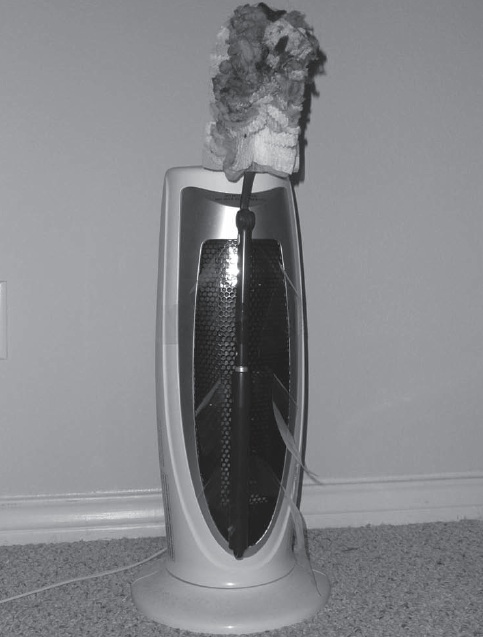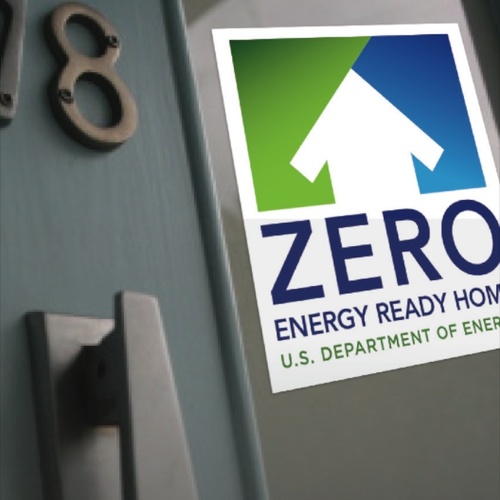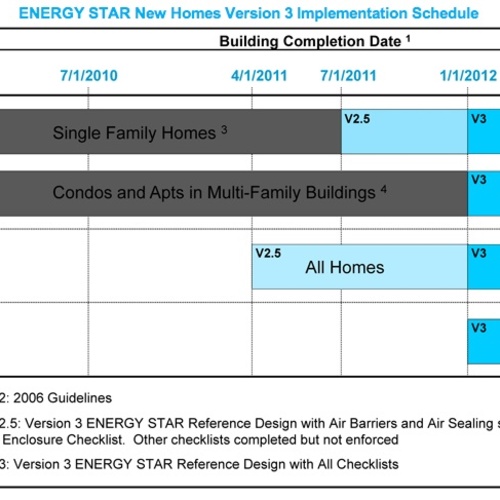
Image Credit: Government Accountability Office
Chasing down and highlighting misleading, incorrect, and occasionally fraudulent product claims is a fun game. So is acknowledging, through unbiased testing, praiseworthy, consumer-friendly products. But for the Environmental Protection Agency’s Energy Star program, testing and verifying that a product meets the energy efficiency standards claimed by its manufacturer is the only game and the key to the program’s credibility.
Last week, as the Government Accountability Office prepared to release a report citing weaknesses in Energy Star’s product-approval system, the New York Times previewed the document by citing a few bogus items, among 20 that had been submitted for Energy Star partnership, that had received Energy Star ratings, including an “air purifier” that in fact was an electric space heater with a feather duster glued to its grille, a gas-powered alarm clock, a geothermal heat pump, a computer monitor, and a refrigerator.
Undermining the Energy Star label
The GAO report would make entertaining reading but for the fact that the Energy Star program is promoted through tax credits and appliance rebates, federal agencies are required to purchase certain Energy Star-certified products, and, perhaps most critically, the program is presented as trustworthy and allows companies use Energy Star certification to market their products.
The four phony products noted above were among 20 submitted for Energy Star certification. A total of 15 were approved, 2 were rejected by the program, and certification requests for 3 received no response, according to the GAO report. Four fake companies and individuals offered the products for certification.
The upshot is, basically, that Energy Star, which is run jointly by the EPA and the Department of Energy, is a self-certification program. Its approval process also is in large part automated to the point where preliminary screening for bogus products and performance claims is nonexistent. The EPA points out there are after-market tests and self-policing procedures that ensure standards are maintained. An agency official also told the Times that certifications of the fake products didn’t pose a problem for consumers because the products don’t exist. That comment, unfortunately, seemed to draw additional attention to the EPA’s nonexistent pre-certification testing process.
Testing … testing … one … two … three …
This is hardly the first time Energy Star’s weaknesses have come in for criticism. One of the more recent critiques, titled “Energy Star Program Integrity Can Be Enhanced through Expanded Product Testing,” was published in November by the EPA’s Office of Inspector General and essentially foreshadowed the recommendations of the GAO report.
Product testing, performance verification, quality assurance, well defined compliance standards for third-party testing, program oversight – all of the suggestions point to the need for properly developed and applied testing and certification protocols. It is, to be fair, a tall order – about 40,000 products, from more than 2,400 manufacturers, have Energy Star certification – but last week the EPA promised improvements. It obviously will have to act aggressively and no doubt will find plenty of weeding to do. I did, however, find the idea of a gas-powered alarm clock intriguing.
Weekly Newsletter
Get building science and energy efficiency advice, plus special offers, in your inbox.















2 Comments
ENERGY STAR new homes
I read the article in Consumer Reports a while back about the lax testing & QA requirement for refrigerators and am happy to see that Congress is following up on that. One branch of the ENERGY STAR program that works pretty well, though, is the new homes program. That's because builders have to get a certified home energy rater to qualify the house. Raters have to undergo annual quality assurance evaluations, too, so overall this program works pretty well.
Can you find an ENERGY STAR qualified home that doesn't meet the standards? Of course. The system isn't foolproof, but if a rater wants to stay in business, he can't commit fraud for long before being caught. I hope, though, that there are no homes with the certification that are as bad as a space heater with a taped on feather-duster.
Allison A. Bailes III, PhD
energyvanguard.com
Energy Star Needs Legitimacy
The Energy Star rating system must promote rock-solid dependability as a third-party verification for consumers and contractors. Folks simply can't do all the research required quickly when they want to buy energy- smart products and we need to trust this system of verification. I cannot imagine what the US would look like if another Gov't Testing program, Underwiters Laboratory (UL) was untrustworthy on safety determination for appliances, tools, toys, etc.
Log in or create an account to post a comment.
Sign up Log in